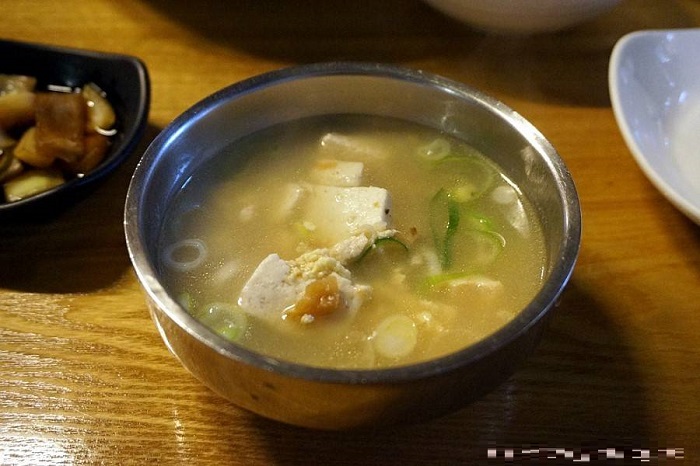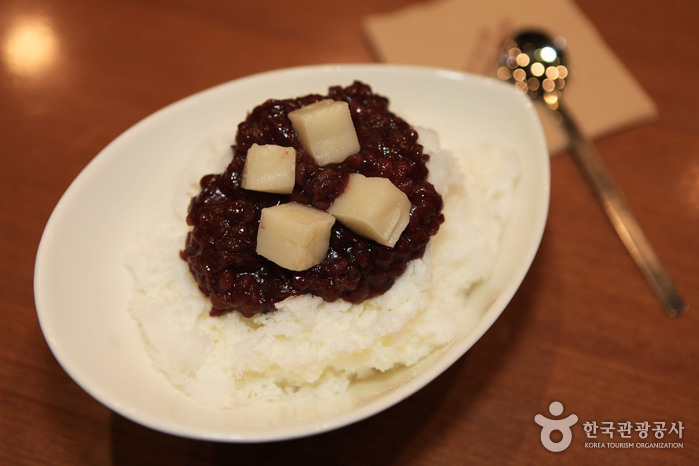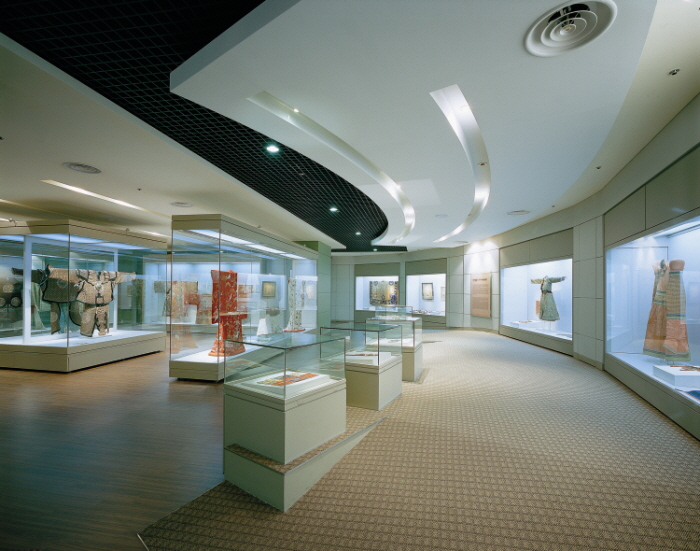Gyeongnidan Street (경리단길)
13.1Km 2023-01-18
Itaewon-dong, Yongsan-gu, Seoul
Gyeongnidan Street refers to the 937-meter-long road from the main gate of MND Financial Management Corps to Grand Hyatt Seoul as well as all of the nearby streets and alleys. It is called Gyeongnidan Street because the Korean army's central finance corps, or Gyeongnidan in Korean, used to be located here, and has gained fame for presenting a different vibe than that of Itaewon despite being part of Itaewon-dong. Gyeongnidan Street is an area of culture and youth where people are able to enjoy diverse and special cuisine and dishes at unique restaurants and cafes. Although it resembles a typical neighborhood of Seoul, it features foreigners who have come from many different places around the globe living in natural harmony with Korean locals, which exudes a unique, exotic atmosphere. It is fun to walk along the various streets and alleys to discover novel and sophisticated shops.
Eye Dear - Ewha Womans Univ. Branch [Tax Refund Shop] (아이디어안경 이대)
13.1Km 2024-04-17
#101, 174, Sinchon-ro, Mapo-gu, Seoul
-
Olive Young - Sookmyung Women’s Univ. Branch [Tax Refund Shop] (올리브영 숙대)
13.1Km 2024-04-18
19, Cheongpa-ro 45-gil, Yongsan-gu, Seoul
-
Hannam Bugeotguk (한남북엇국)
13.1Km 2021-03-24
65-7, Dokseodang-ro, Yongsan-gu, Seoul
+82-2-2297-1988
It's a popular bar with pancake as its specialty. This restaurant's signature menu is dried pollack soup. This Korean dishes restaurant is located in Yongsan-gu, Seoul.
Paraboot - Hannam Branch [Tax Refund Shop] (파라부트 한남)
13.1Km 2024-04-23
228-1, Itaewon-ro, Yongsan-gu, Seoul
-
Homilbat (호밀밭)
13.1Km 2021-03-30
43, Sinchonnyeok-ro, Seodaemun-gu, Seoul
+82-2-392-5345
You can enjoy Korea’s signature summer staple Patbingsu (shaved ice with sweet red beans). This cafe is located in Seodaemun-gu, Seoul. The most famous menu is shaved ice with red bean topping.
Amsa-dong Prehistoric Site Museum (암사동선사유적박물관)
13.1Km 2023-12-22
875 Olympic-ro, Gangdong-gu, Seoul
The archaeological sites in Amsa-dong, Seoul, were a collective settlement where people lived during the Neolithic Age about 6,000 years ago and became known to the world after the sand dunes along the Hangang River caved in during the great flood of 1925, exposing numerous pieces of comb-patterned pottery. The area designated as a historic site in 1979, and excavation of the site took place from 1981 to 1988. The cultural heritage protection area was expanded to a total area of 78,133㎡. Currently, nine Neolithic dugout huts and one experiential dugout hut have been restored. The exhibitions currently open to the public are Exhibition Hall 1, which displays a restoration of a Neolithic Age dugout, and Exhibition Hall 2, which displays various panels and models to help understand the prehistoric era as a whole.
Olive Young - Hannam Ogeori Branch [Tax Refund Shop] (올리브영 한남오거리)
13.1Km 2024-04-16
1F, 65-1, Dokseodang-ro, Yongsan-gu, Seoul
-
Sookmyung Women's University Chung Young Yang Embroidery Museum (숙명여자대학교 정영양자수박물관 (서울))
13.1Km 2019-11-15
100, Cheongpa-ro 47-gil, Yongsan-gu, Seoul
+82-2-710-9134
Chung Young Yang Embroidery Museum was founded in May 2004 to enhance public awareness and appreciation of embroidery art with ample facilities including exhibition hall, library, conservation center, learning center, embroidery study room, education and research rooms. The museum emphasizes on the variety of textiles and embroidery and also features collections from various Northeast Asian countries. The Chung Young Yang Embroidery Museum stresses the importance of embroidery as an evolving form of art through changes in technology, social and cultural environment. In addition, the learning center also aims to become a learning center for scholarship in embroidery and other textile arts that can be appreciated by a wide audience.

![Eye Dear - Ewha Womans Univ. Branch [Tax Refund Shop] (아이디어안경 이대)](http://tong.visitkorea.or.kr/cms/resource/61/2878361_image2_1.jpg)
![Olive Young - Sookmyung Women’s Univ. Branch [Tax Refund Shop] (올리브영 숙대)](http://tong.visitkorea.or.kr/cms/resource/25/2889625_image2_1.jpg)

![CheongKwanJang [Tax Refund Shop] (정관장)](http://tong.visitkorea.or.kr/cms/resource/26/2891126_image2_1.jpg)
![Paraboot - Hannam Branch [Tax Refund Shop] (파라부트 한남)](http://tong.visitkorea.or.kr/cms/resource/43/2889643_image2_1.jpg)

![Olive Young - Hannam Ogeori Branch [Tax Refund Shop] (올리브영 한남오거리)](http://tong.visitkorea.or.kr/cms/resource/48/2889448_image2_1.jpg)

 English
English
 한국어
한국어 日本語
日本語 中文(简体)
中文(简体) Deutsch
Deutsch Français
Français Español
Español Русский
Русский